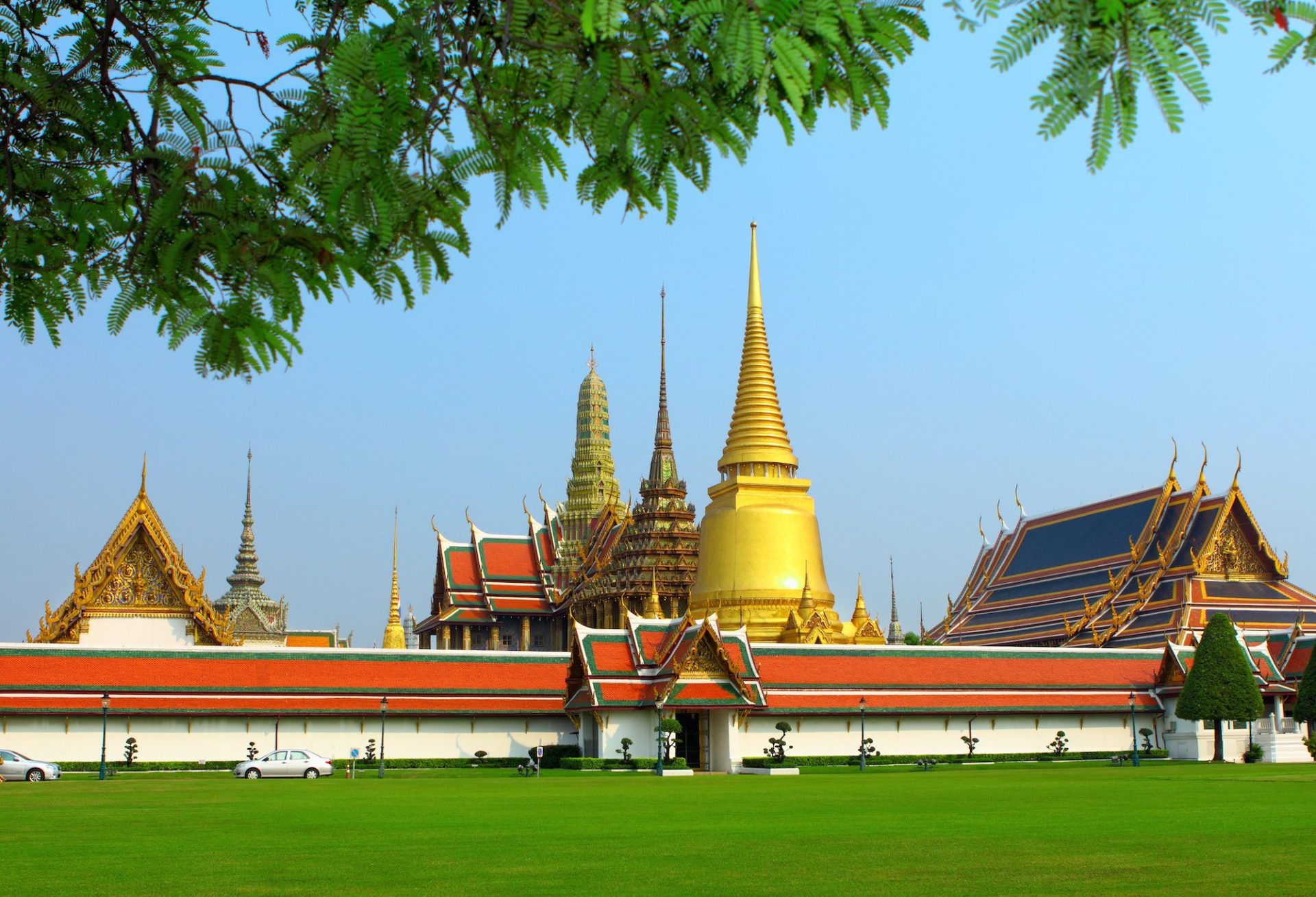Throughout its history, the Grand Palace has played a central role in Thai politics and culture. It has witnessed the rise and fall of monarchs, the transition from absolute monarchy to constitutional monarchy, and significant historical events such as the Siamese Revolution of 1932, which transformed Thailand from an absolute monarchy into a constitutional one. The palace became a site for state ceremonies and royal celebrations rather than a royal residence.
As Thailand transitioned into the modern era, the Grand Palace remained a symbol of the nation’s continuity and cultural heritage. The monarchy played a crucial role in the nation’s unification and development, and the Grand Palace served as the backdrop for important events in Thai history.
In addition to its historical importance, the Grand Palace is a cultural treasure trove, housing numerous artifacts, sculptures, and art pieces that reflect Thailand’s rich heritage. The architecture and art found within the complex also provide invaluable insights into the evolution of Thai culture and society over the centuries.
Today, the Grand Palace is one of Thailand’s most popular tourist attractions, drawing millions of visitors from around the world each year. Visitors from around the world are welcomed to explore its intricate architecture, stunning artwork, and lush gardens. However, it’s important to note that there are strict dress codes for visitors, and proper attire, such as covering one’s shoulders and knees, is required to enter the temple grounds. As a testament to the country’s resilience and cultural heritage, the Grand Palace will continue to enchant and inspire generations for many years to come.
